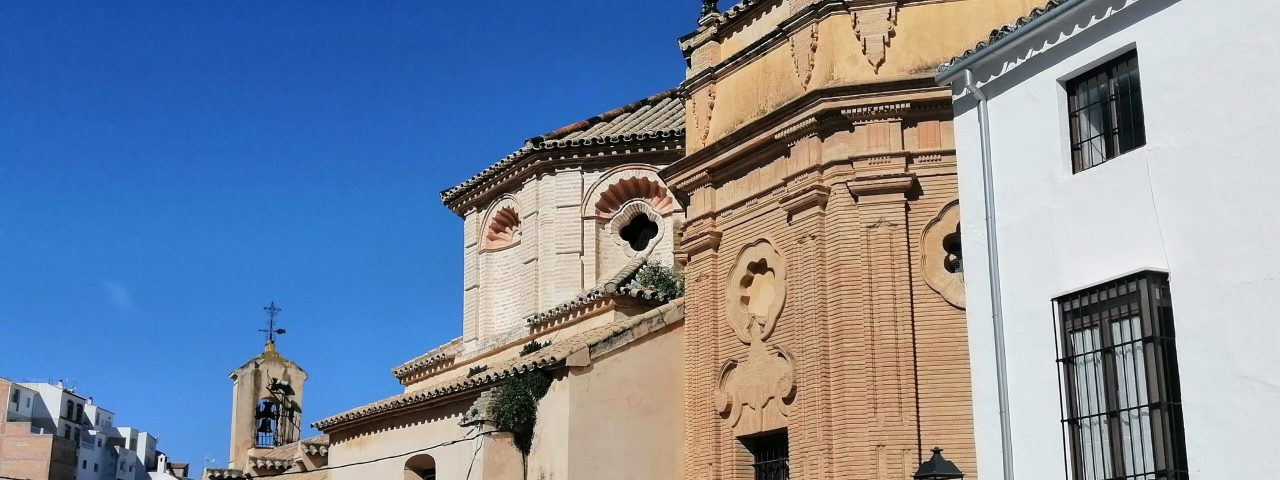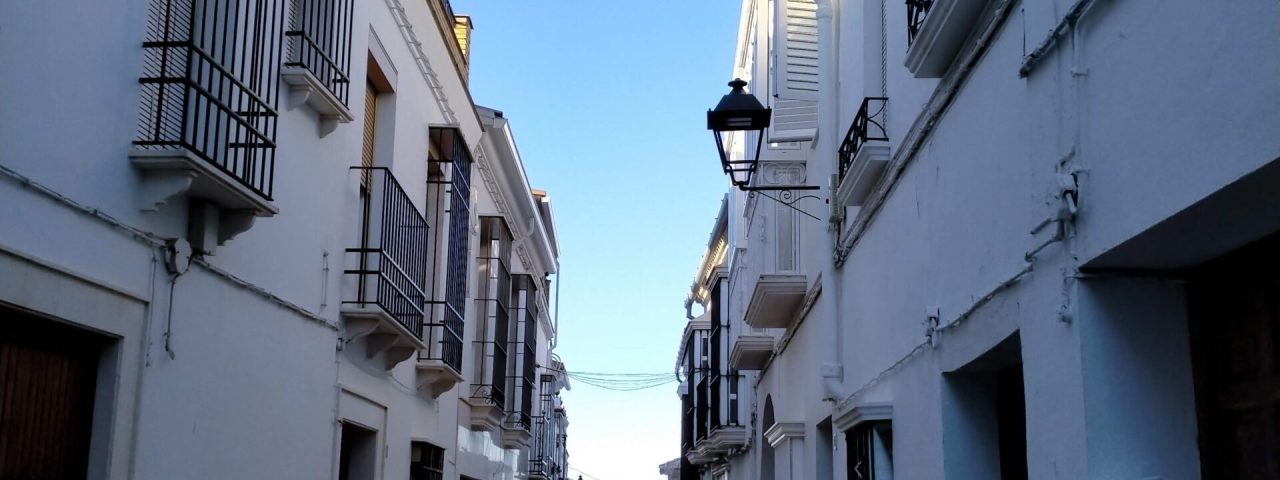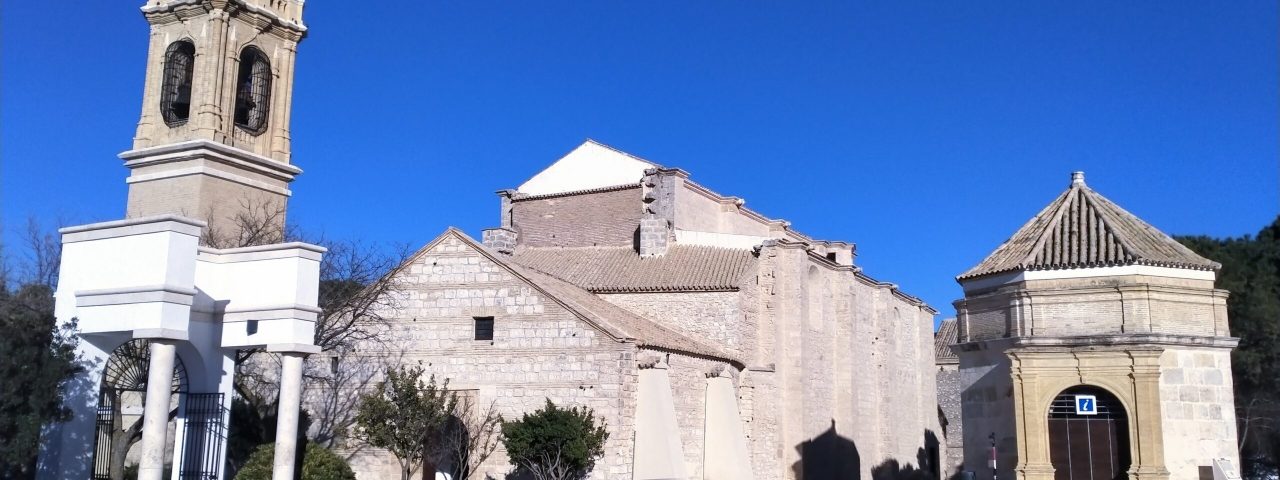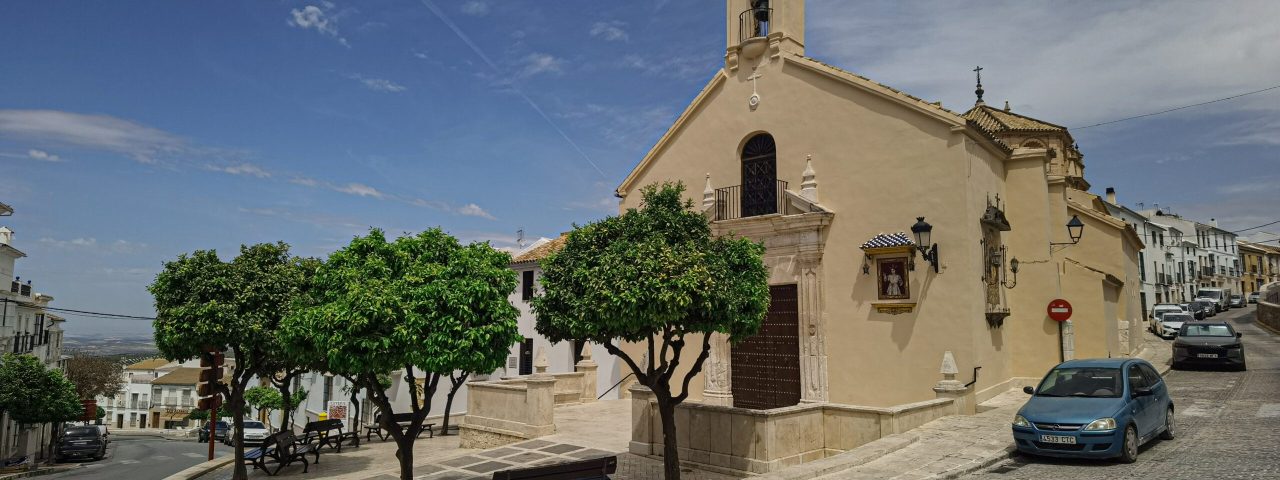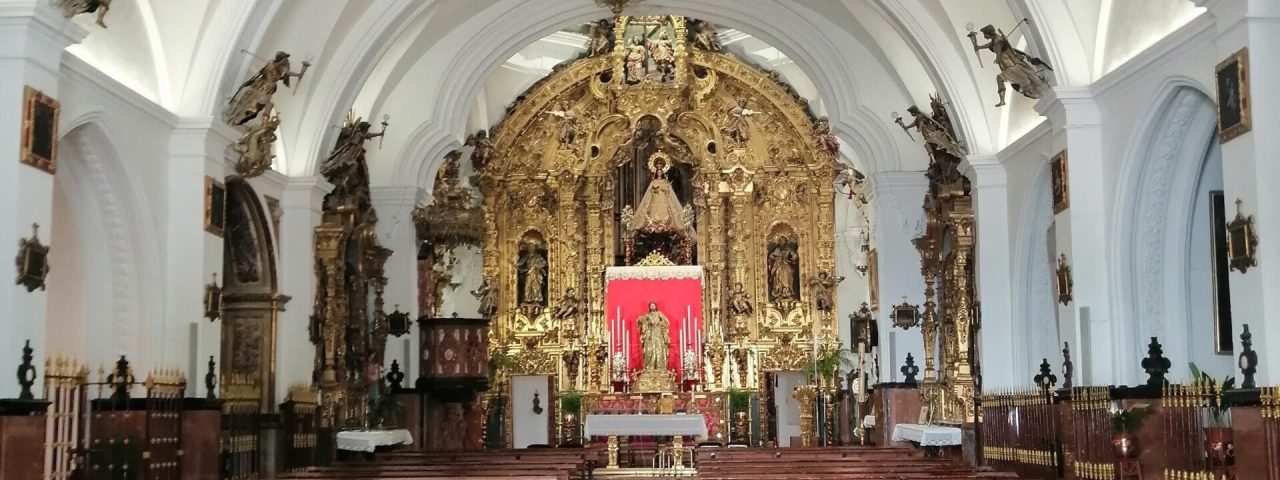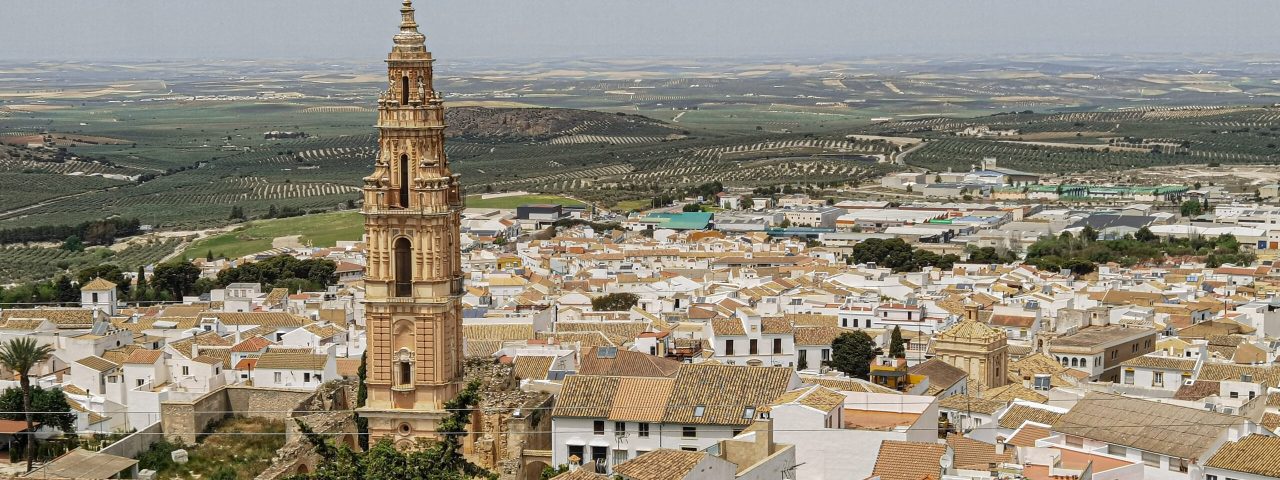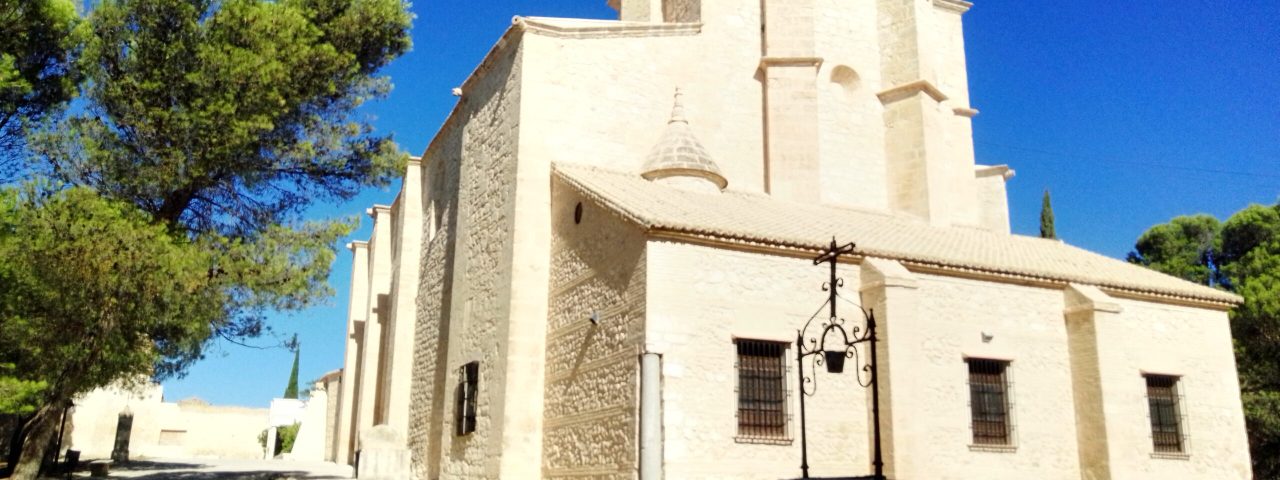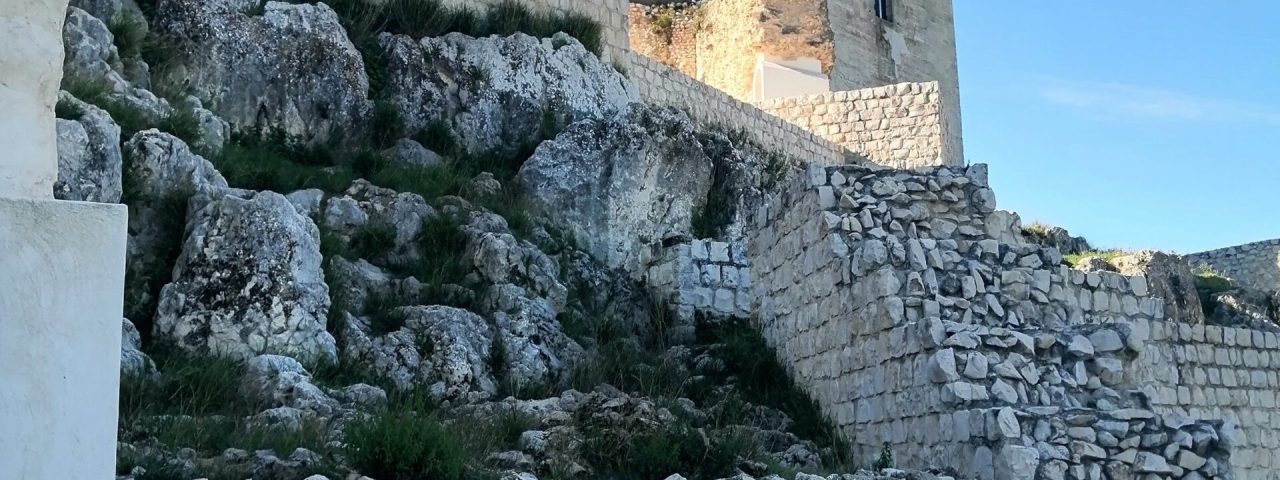Estepa has a deep-rooted history that spans several centuries, with significant influences from the Romans, Moors, and Christians. The town’s name is derived from the Latin “Astapa,” which was a Roman settlement in ancient times. Following the Roman period, Estepa fell under Moorish rule for several centuries until it was reconquered by the Christians during the Reconquista in the 13th century. These layers of history are visible in the architecture and cultural traditions that remain integral to Estepa’s identity today.
One of the town’s most notable cultural elements is its role in the production of mantecados and polvorones, traditional Spanish Christmas sweets. Estepa is considered one of the main producers of these delicacies, and the town comes alive during the holiday season as visitors flock to taste and purchase these festive treats. This industry has become so vital to Estepa’s identity that the town celebrates it with a special festival each year.
Estepa is also home to numerous religious celebrations, such as Semana Santa (Holy Week), which is observed with great devotion. The town’s processions and religious events are steeped in tradition, attracting visitors who want to experience the deep cultural roots of Andalusian religious customs. Additionally, the town celebrates local festivals such as the Feria de Estepa, which showcases the best of its culture, music, and gastronomy.


